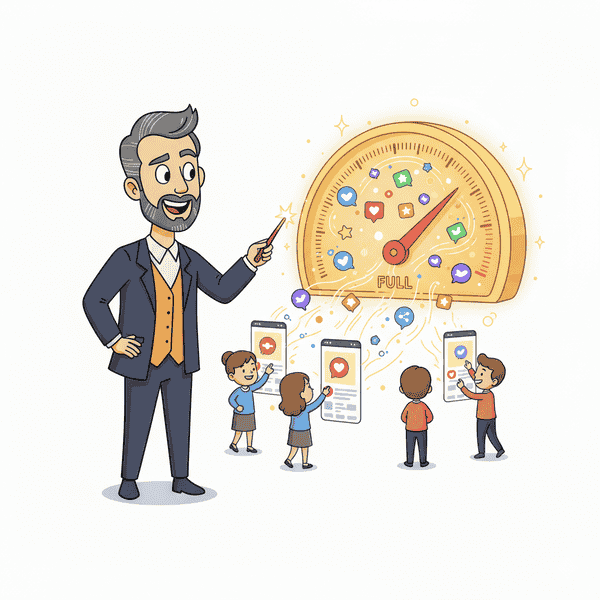
What is a User Interface (UI)?
Definition: A user interface (UI) is where people interact with a digital device or software. It includes everything you see and touch, like buttons, icons, menus, and screens. A good UI makes it easy for users to get things done without confusion. Whether it’s a mobile app or a website, UI is what guides you through the experience.
Example in a Sentence: The app’s clean user interface (UI) made it simple for new users to navigate and place their first order in minutes.
Why is a User Interface (UI) Important?
1. Makes Technology Easy to Use
A clear UI helps people use websites or apps without feeling lost or frustrated.
2. Creates a Better First Impression
A neat, simple design makes users feel welcome and more likely to stay.
3. Saves Time for Users
Good UI helps people find what they need fast—no extra clicks, no guessing.
Design That Works for People
Designing digital spaces is all about making them easy and enjoyable to use. Whether it’s a website or an app, the goal stays the same, to help people find what they need fast and without stress. Great design isn’t about being fancy, it’s about being clear, helpful, and made for real people.
More Definitions: Call to Action Definition, Website User Experience (UX) Definition, Website Navigation Optimization Definition, Programmatic Advertising Strategy
Useful Posts: Why HubSpot’s ChatGPT Traffic Report Matters and Go High Level vs HubSpot: Our Take












